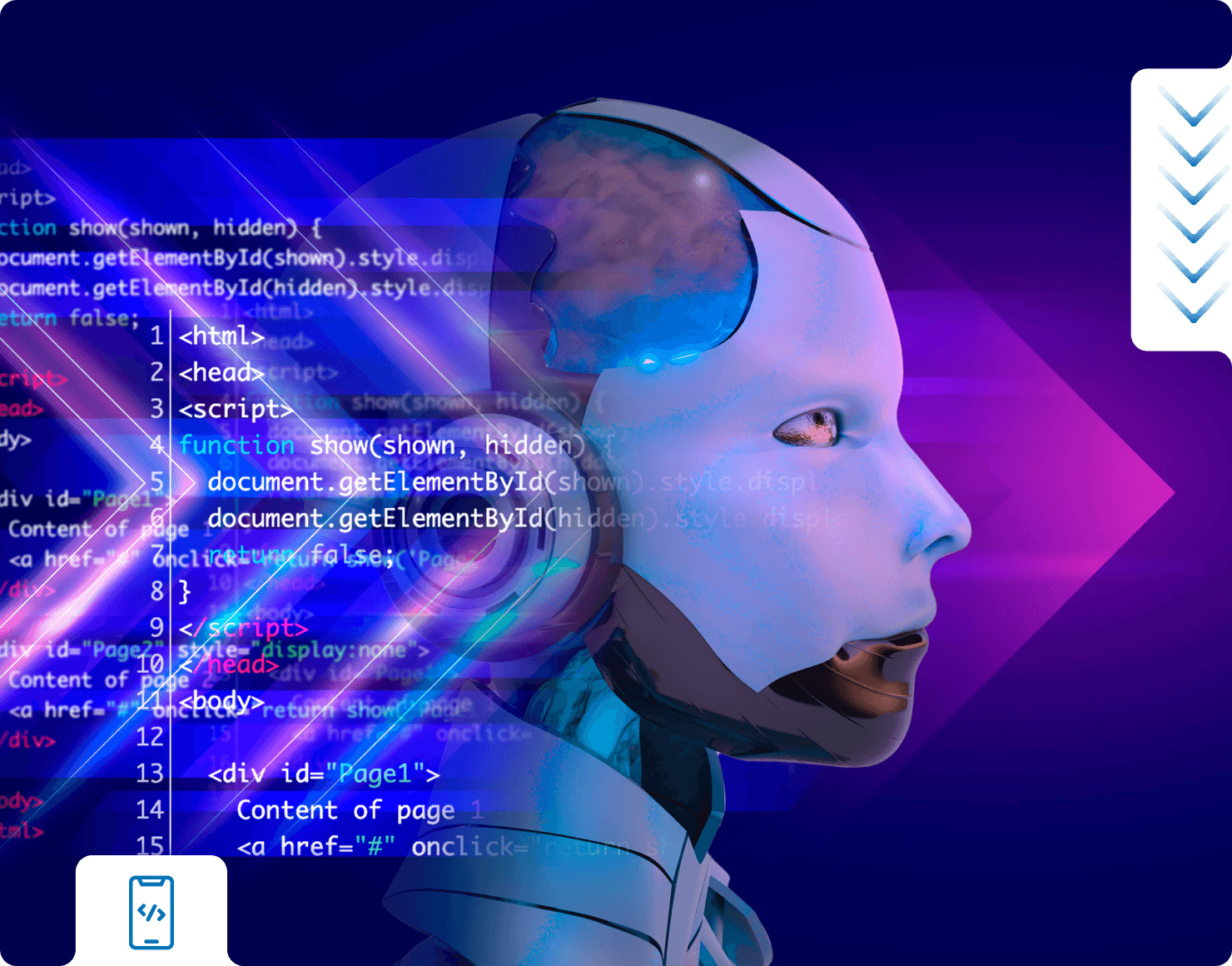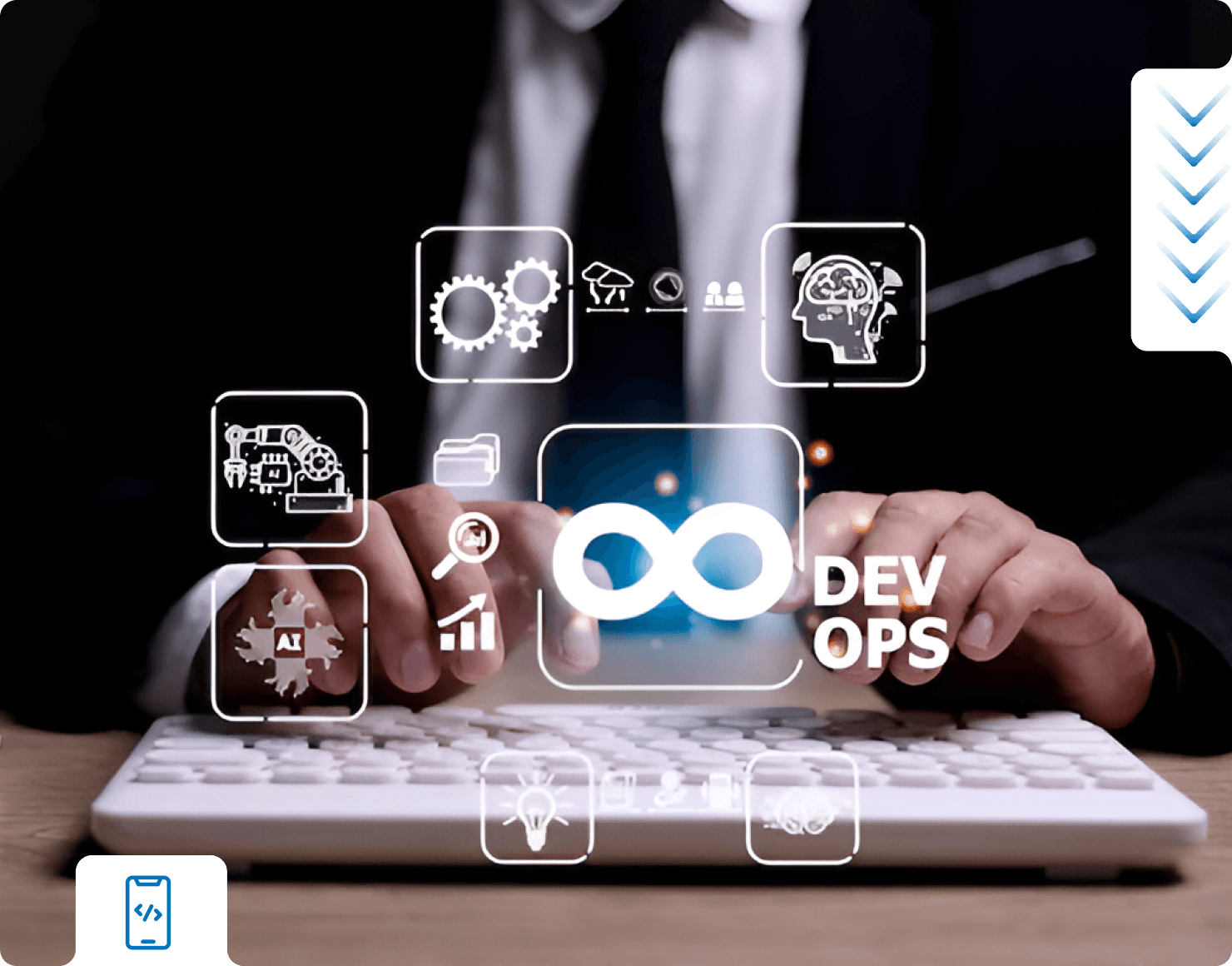
Good design isn't aesthetically pleasing to the eye — it creates utility. UI/UX design determines how people use your product and how they're helped. It's what retains users, converts them, or sends them away angry.
When UI and UX are thought of as distinct work — one for looks and one for usability — the experience worsens. The aim is not to simply have screens please the eye; it is to have every interaction feel easy, fast, and satisfying.

Beautiful designs are lost when interaction patterns are obscure

Navigation breaks down when user flows aren't defined end-to-end

People are likely to ignore accessibility, which limits extension and violates rules.
We design usable interfaces at Convertec. We combine research and usability trends with design based on how people act so that interfaces that people trust and enjoy using are built.
| What You Asked For | What We Actually Find |
|---|---|
Most web projects begin with templates, themes, or visual branding. But the deeper issues emerge later — when sites struggle to load under traffic, when CMS logic doesn’t align with real business operations, or when marketing and development teams can’t move in sync.
At Convertec, we map how your business operates before we build a single page. We pinpoint what needs to change dynamically, what should remain static, who manages content, and where the bottlenecks exist — technically and operationally..

| Where Most Start | What Breaks Later | Where We Begin |
|---|---|---|
Many websites are built as standalone projects — designers focus on appearance, developers build features, and marketers struggle to update content. This siloed approach leads to performance bottlenecks, fragmented user experiences, and systems that are hard to maintain or scale.

Content sites take more than great design — they take scale-able systems, collaboration, and rapid iteration. We build content architectures that are agile with editorial control, localization, and modular publishing.

Install headless CMS sites like Sanity, Strapi, or Contentful with structured schemas and personalized building blocks

Build editorial workflows with drafting, approval, and scheduling for various content roles

Support real-time preview, in-line editing, and dynamic page building through API-based frontend integration

Integrate media libraries, SEO metadata handling, and internationalization capability without overloading the UI

For more than just display locations — from portals to dashboards — we build interactive frontends that coexist well with APIs, enable user sessions, and run on multiple devices with performance in mind.

Build SPAs and hybrid apps using Next.js, Nuxt.js, or SvelteKit with SSR or CSR on a component level

Use authentication and session management through JWT, OAuth2, or a external service like Google, GitHub

Enhance runtime performance through code-splitting, lazy loading, and hydration techniques

Integrate with REST or GraphQL backends and state management with Zustand, Redux Toolkit, or Pinia

A well-designed site only goes so far as its deployment pipeline. We construct contemporary web infrastructure that provides speedy, secure, and stable deployment — from stage to production.

Use CI/CD pipelines with GitHub Actions, GitLab CI, or CircleCI to deploy and automatically test

Deploy on edge-first platforms like Vercel, Netlify, or Cloudflare Pages with atomic rollbacks and custom domains

Use the Infrastructure as Code (IaC) with Terraform or Pulumi for scalable, repeatable deployment

Enforce observability using Sentry, LogRocket, or PostHog to track errors in real-time and analyze user sessions
We select web stacks not just for appearance — but for maintainability, performance, extensibility, and how well they serve real users and content teams. From fast-loading UIs to seamless CMS workflows and secure backend services, every tool we use supports business-ready websites that grow with your goals.

Use when: The interface needs to adapt dynamically across devices, user roles, and frequent content updates — without reloading or performance dips.

React.js

Vue.js

SvelteKit

Alpine.js (for lightweight interactivity)

Facilitates testable, reusable UI components that save dev time

Supports hydration, CSR, and SSR for performance and flexibility

Functions well with GraphQL, REST, and headless CMS APIs.

Use when: The website needs structured content that marketing teams can update independently — with multilingual, SEO-optimized, and dynamic publishing workflows.

Sanity.io

Strapi

Contentful

Directus

Headless-first and API-driven — enables decoupled frontend/backend workflows

Real-time content previews and role-based publishing controls

Support for localization, image optimization, and embedded media logic

Use when: Your web app needs CI/CD pipelines, auto-scaling environments, and minimal downtime during updates or spikes in traffic.

Vercel / Netlify

Docker + GitHub Actions

Terraform for infrastructure provisioning

Sentry + LogRocket for monitoring

Zero-downtime deploys with automatic rollbacks and environment previews

Integrates tightly with Git workflows for PR-based testing and branch-specific builds

Performance tracking, error logging, and user session replay for rapid debugging
We’re here to talk through your priorities and help move things from intent to impact.

Pricing varies based on scope: design, CMS, integrations, user roles, and performance. Estimates are completed based on business goals, not templates.
Static websites suit occasional updates in content without user interaction. Contrarily, companies having live blogs, gated content, login sites, or geotargeted personalization need dynamic architecture.
We begin with user needs mapping and team management organization. Then we build the UI, develop the frontend and backend, integrate services, and test on devices and browsers.
A simple site is 3–5 weeks. Advanced builds with logins, scheduling, or multi-lingual support typically take 6–10 weeks and are released in agile sprints.
We structure the build with modular components, versioned dependencies, and clear documentation. Admin users can update content easily, and system updates follow a changelog-driven process to avoid regressions.